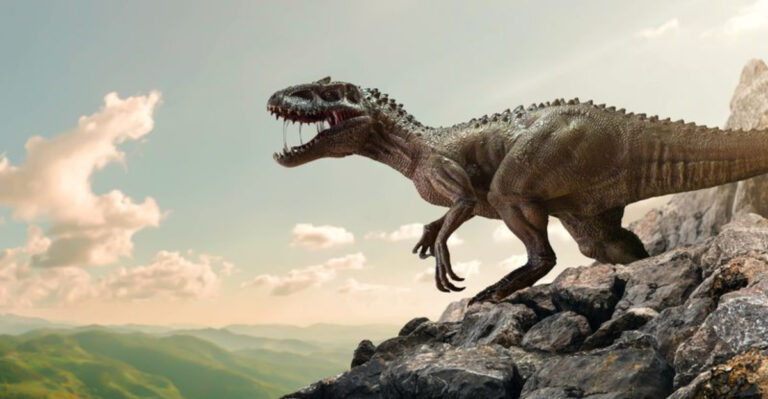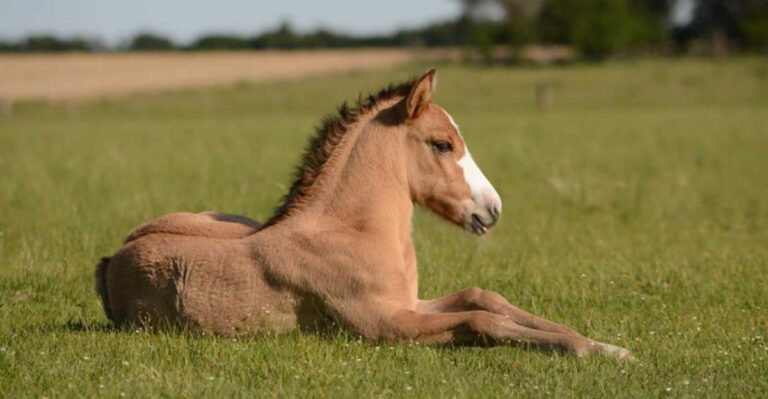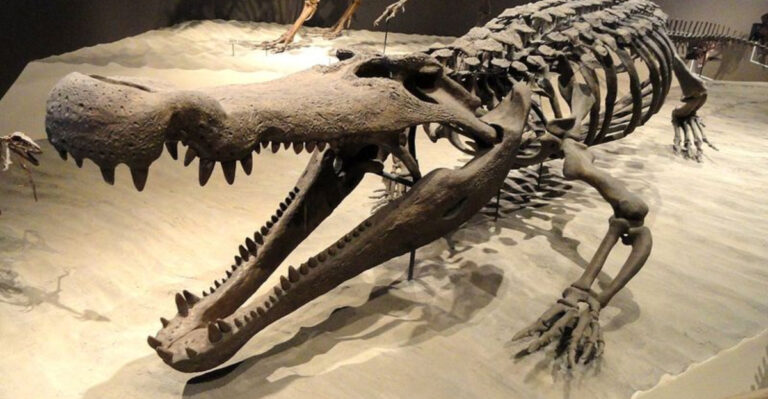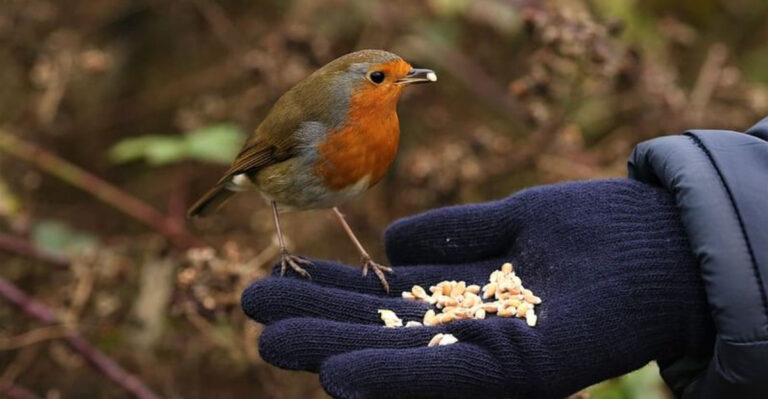30 Most Endangered Animals That Need Our Help
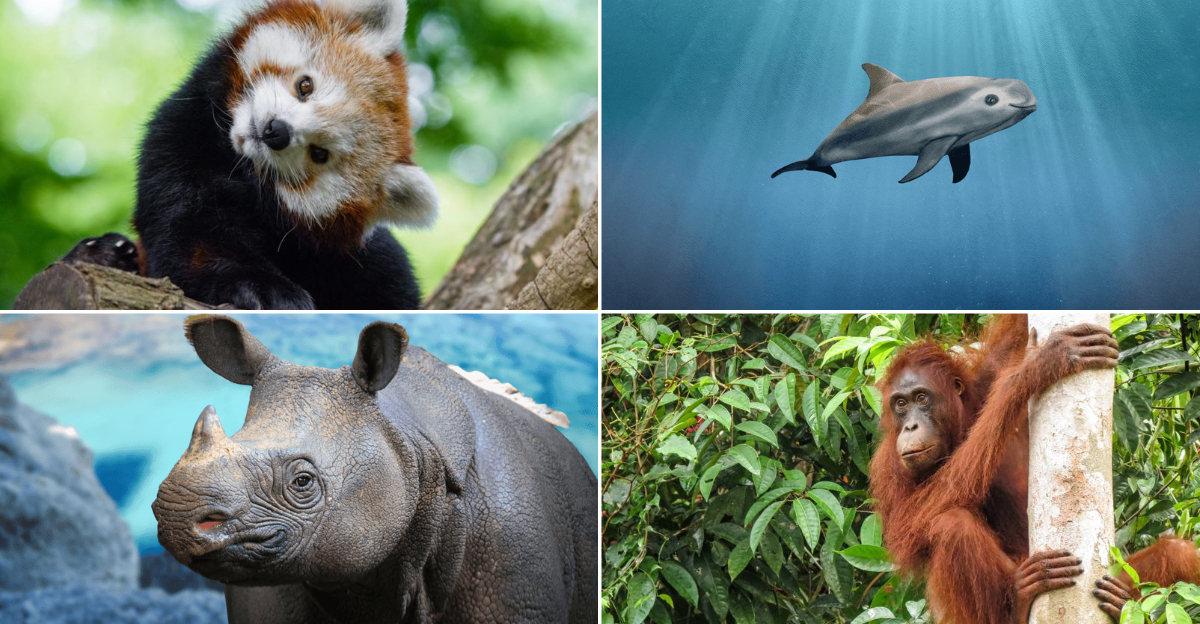
Around the world, countless species face the threat of extinction, often due to human activities. From deforestation to poaching, these challenges have pushed many animals to the brink.
By raising awareness and taking action, we can help protect these incredible creatures.
Dive into this list of animals that urgently need our help, and learn what makes each of them unique and crucial to our planet’s biodiversity.
1. Amur Leopard
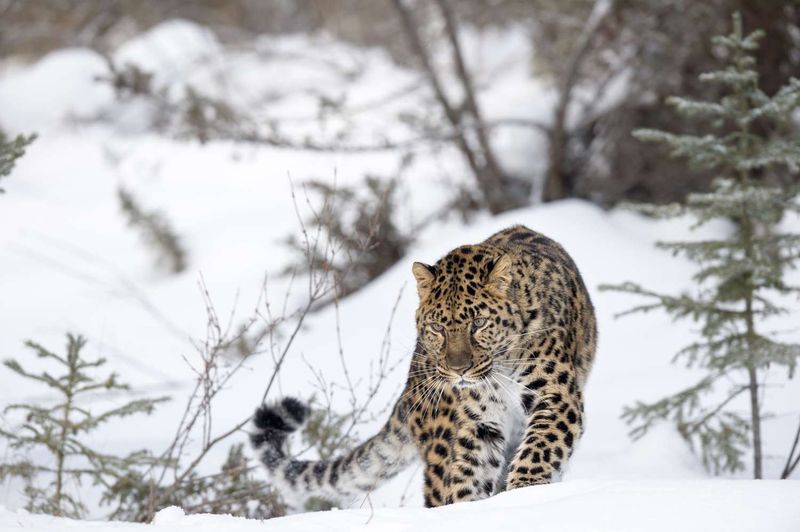
In the snowy landscapes of the Russian Far East, the Amur Leopard treads cautiously. This magnificent cat, known for its striking spotted coat, is one of the rarest big cats on the planet. Sadly, fewer than 100 individuals remain in the wild due to habitat loss and poaching. These leopards are solitary and elusive, making them hard to spot, yet crucial to the ecosystem.
Efforts to protect their habitat from logging and conversion into farmland are critical. Supporting conservation initiatives can help secure a future for these beautiful creatures.
2. Vaquita
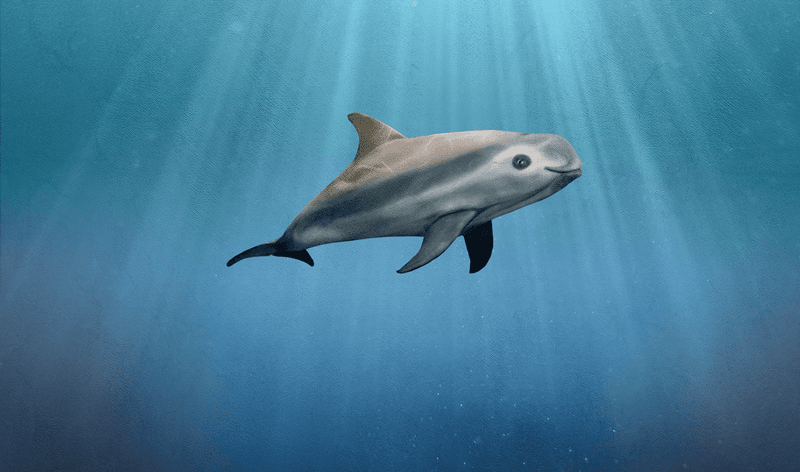
The Vaquita, a tiny porpoise living in the Gulf of California, is on the brink of extinction. Known for its distinctive black eye patches and lips, the Vaquita is the smallest cetacean in the world. Illegal fishing practices, particularly gillnets, threaten its survival.
There are believed to be fewer than 10 Vaquitas left. Conservationists are working tirelessly to remove gillnets from their habitat. Supporting sustainable fishing practices and raising awareness are vital to saving this unique species and ensuring its survival for future generations.
3. Javan Rhino
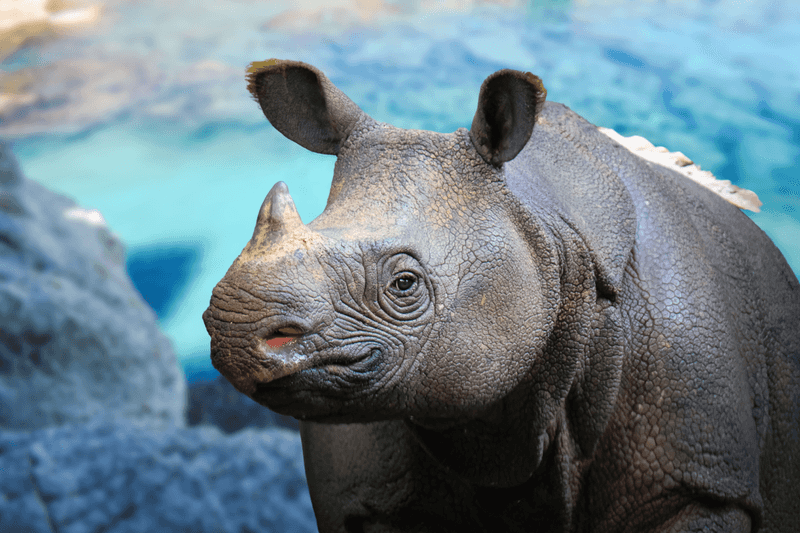
In the dense jungles of Indonesia’s Ujung Kulon National Park, the Javan Rhino quietly forages. With fewer than 75 individuals left, it is one of the rarest rhinos on Earth. Its thick, grey skin and single horn distinguish it from other rhino species.
Habitat loss due to agricultural expansion and natural disasters pose significant threats. Conservation programs focus on habitat protection and monitoring the population. By supporting these efforts, we can contribute to the survival of this incredible creature and the rich biodiversity of its habitat.
4. Sumatran Elephant
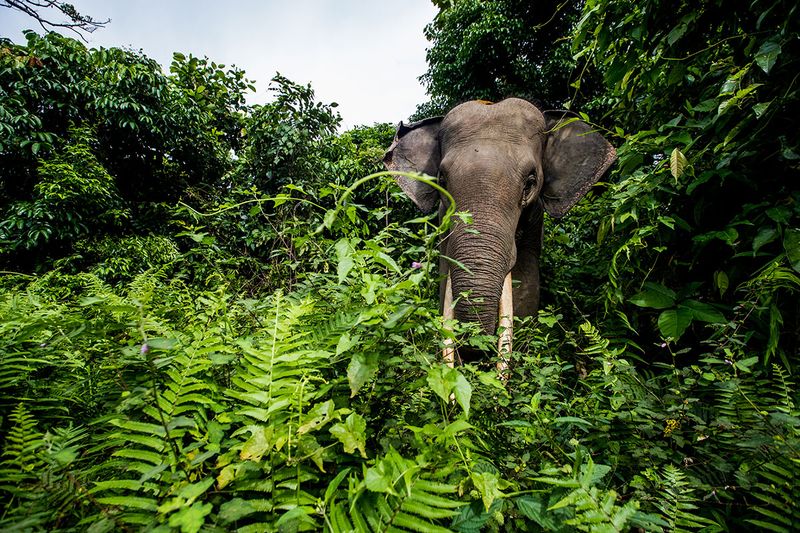
In the tropical rainforests of Sumatra, the majestic Sumatran Elephant roams. These elephants play a key role in their ecosystem by maintaining forest health. However, deforestation and human-wildlife conflict have reduced their numbers drastically.
Only around 2,400 to 2,800 individuals remain. Protecting their habitat and promoting human-elephant coexistence are crucial. Conservationists are working to preserve these gentle giants. Supporting these initiatives helps ensure that future generations can witness the wonders of the Sumatran Elephant.
5. Hawksbill Turtle
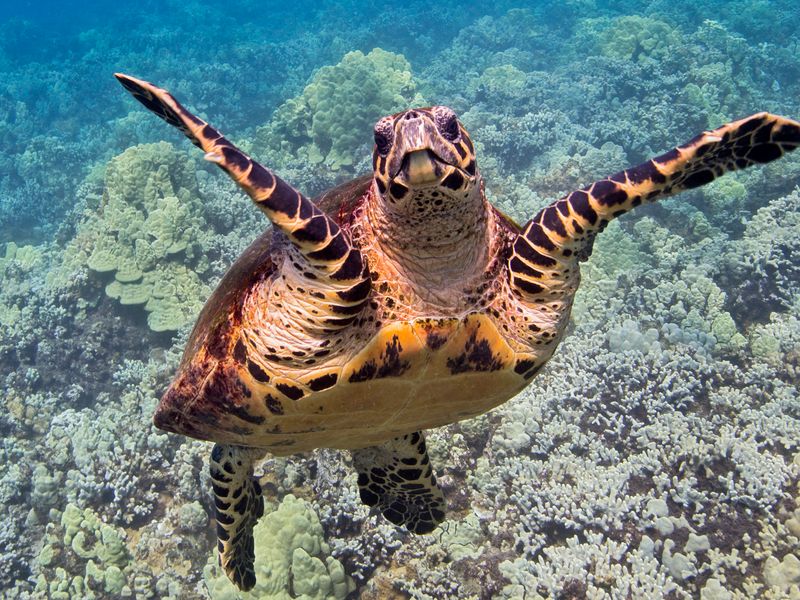
The Hawksbill Turtle, with its strikingly patterned shell, glides through the coral-rich waters of the ocean. This turtle plays a vital role in maintaining the health of coral reefs by controlling sponge populations.
Unfortunately, the demand for its beautiful shell has led to severe population declines. Conservation efforts focus on protecting nesting sites and reducing illegal trade. By supporting these efforts and reducing plastic waste, we can help preserve the Hawksbill Turtle and its important role in the marine ecosystem.
6. Cross River Gorilla
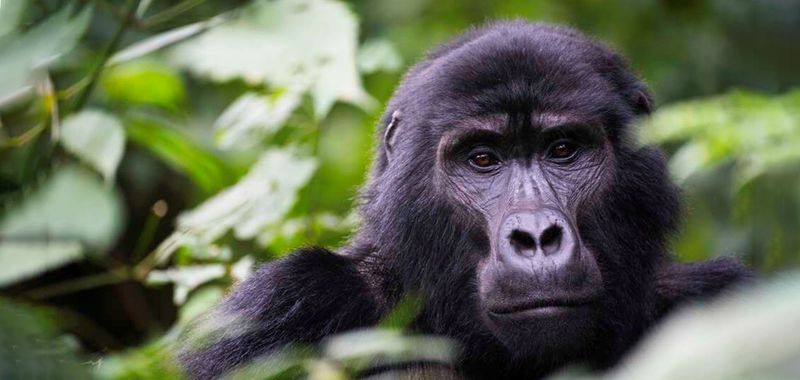
Deep in the African rainforests, the Cross River Gorilla lives in small, tight-knit groups. With only around 300 individuals remaining, they are critically endangered. These gorillas are known for their strong family bonds and intelligence.
Habitat destruction and poaching are their primary threats. Conservationists work to protect their forest homes and enforce anti-poaching laws. Community-based conservation programs are vital for the gorillas’ survival. Supporting these efforts helps ensure the preservation of these incredible animals and their unique social structures.
7. Saola
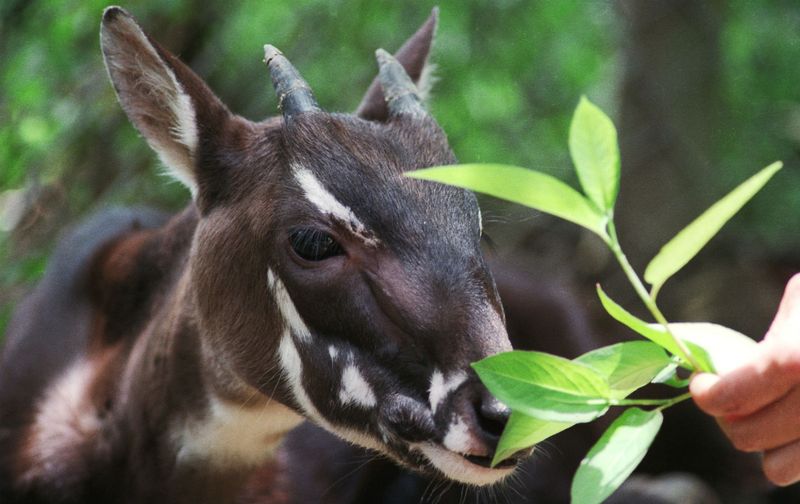
Hidden in the remote forests of Vietnam and Laos, the elusive Saola, also known as the “Asian unicorn,” resides. With its long, straight horns and gentle eyes, the Saola is one of the world’s rarest mammals.
Discovered only in 1992, fewer than 100 are believed to exist. They face threats from habitat loss and poaching. Conservationists focus on protecting their habitat and increasing awareness. By supporting these efforts, we can help ensure the survival of the Saola and the unique biodiversity of the Annamite Range.
8. Yangtze Finless Porpoise
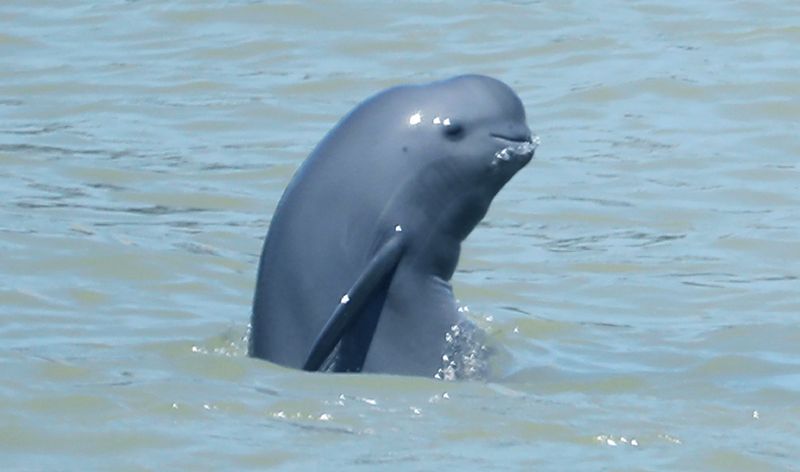
In the bustling waters of the Yangtze River, the Yangtze Finless Porpoise swims gracefully. Known for its playful nature, this porpoise is a symbol of the river’s biodiversity. However, pollution, overfishing, and ship traffic endanger its existence.
Fewer than 1,000 remain in the wild. Conservation initiatives aim to improve water quality and reduce human impact. Public awareness and support for these efforts are crucial. Together, we can help protect this charming porpoise and the rich biodiversity of the Yangtze River.
9. Northern White Rhinoceros
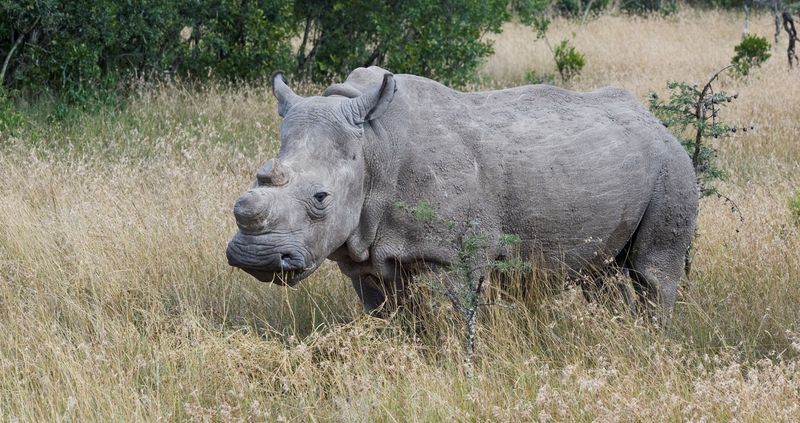
Among the vast savannahs of Africa, the Northern White Rhinoceros once thrived. Today, only two females remain, making it functionally extinct. These rhinos are victims of poaching, primarily for their horns.
Efforts are underway to use advanced reproductive technologies to revive the species. Conservationists are also working to protect other rhino species from similar fates. Supporting anti-poaching initiatives and habitat protection is essential. By doing so, we can honor the legacy of the Northern White Rhino and support the survival of other rhinos.
10. Mountain Gorilla
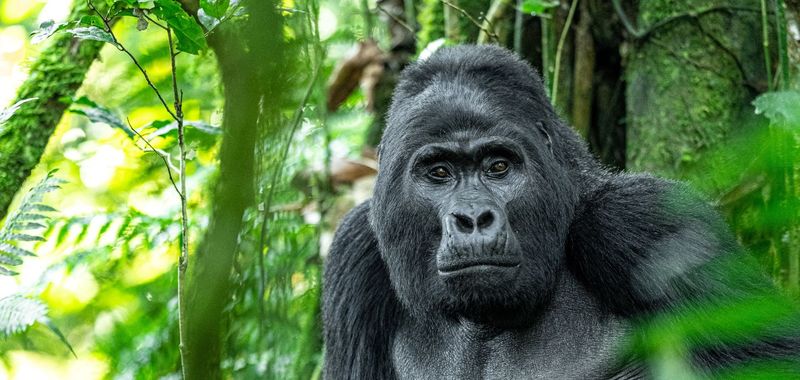
In the misty mountains of Virunga, Rwanda, the Mountain Gorilla makes its home. These gorillas are known for their gentle nature and complex social structures. With fewer than 1,100 individuals remaining, they face threats from habitat loss and disease.
Conservation efforts focus on habitat protection and medical care. Community involvement and tourism provide economic incentives for their protection. By supporting these initiatives, we can help ensure the Mountain Gorilla’s survival and the health of their mountain ecosystem.
11. Sunda Tiger
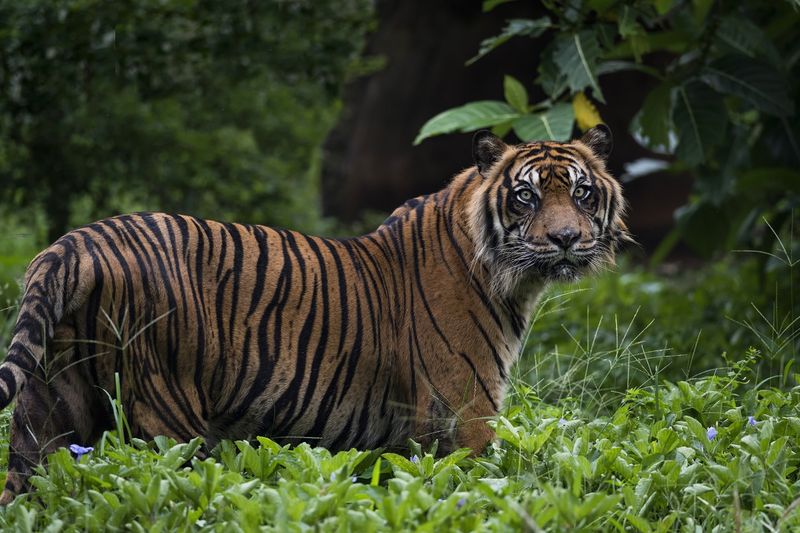
In the dense jungles of Sumatra, the elusive Sunda Tiger prowls. These tigers, with their unique stripe patterns, are critically endangered. Habitat destruction and poaching have reduced their population to fewer than 400 individuals.
Conservationists work tirelessly to protect their habitat and reduce human-tiger conflict. Supporting these efforts and promoting awareness can help ensure the survival of the Sunda Tiger. Protecting this apex predator is vital for maintaining the balance of its ecosystem.
12. Black Rhino
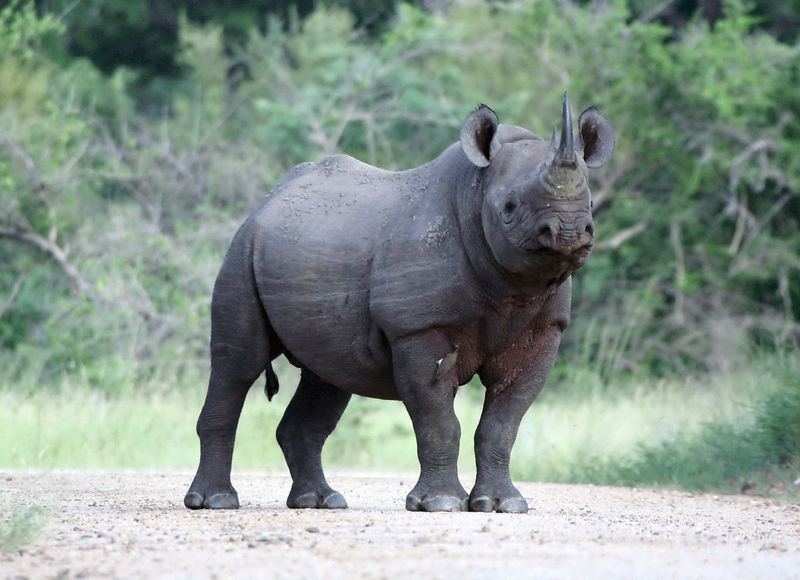
The Black Rhino, with its hooked lip, roams the grasslands of Africa. Poaching for their horns has pushed them to the brink of extinction. These rhinos play a crucial role in shaping their ecosystem.
Conservation efforts focus on anti-poaching measures and habitat protection. Community-based programs are helping to reduce human-wildlife conflict. Supporting these initiatives is key to ensuring the Black Rhino’s survival and the health of Africa’s grasslands.
13. Orangutan
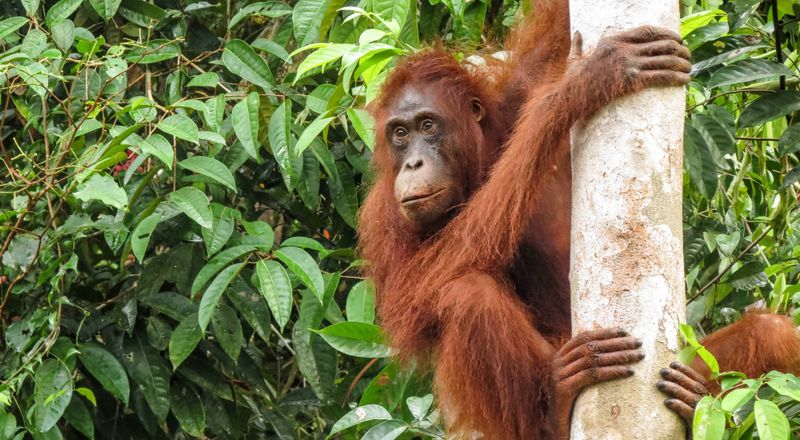
High in the rainforests of Borneo, the Orangutan swings from tree to tree. Known for their intelligence and emotive faces, they share 97% of their DNA with humans. Sadly, deforestation and illegal pet trade threaten their existence.
Conservationists focus on habitat restoration and rehabilitation of orphaned orangutans. Supporting these efforts and promoting sustainable palm oil can help protect these incredible apes. By doing so, we ensure the preservation of their rainforest home.
14. Philippine Eagle
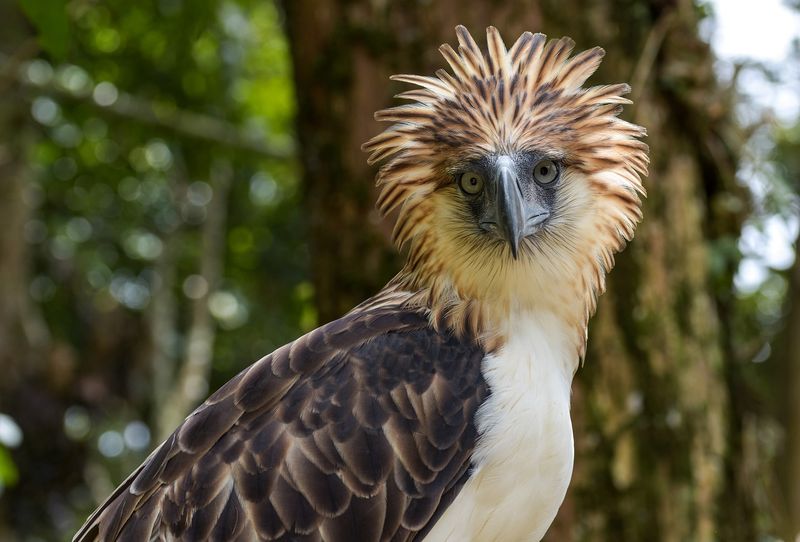
With a wingspan stretching over two meters, the Philippine Eagle is a majestic sight in the skies above its forest home. Known as the ‘Monkey-eating Eagle,’ it is critically endangered due to deforestation and hunting.
Fewer than 400 pairs remain in the wild. Conservation programs focus on habitat protection and breeding initiatives. Supporting these efforts and promoting awareness can help secure a future for this magnificent bird and the rich biodiversity of the Philippines.
15. Siamese Crocodile
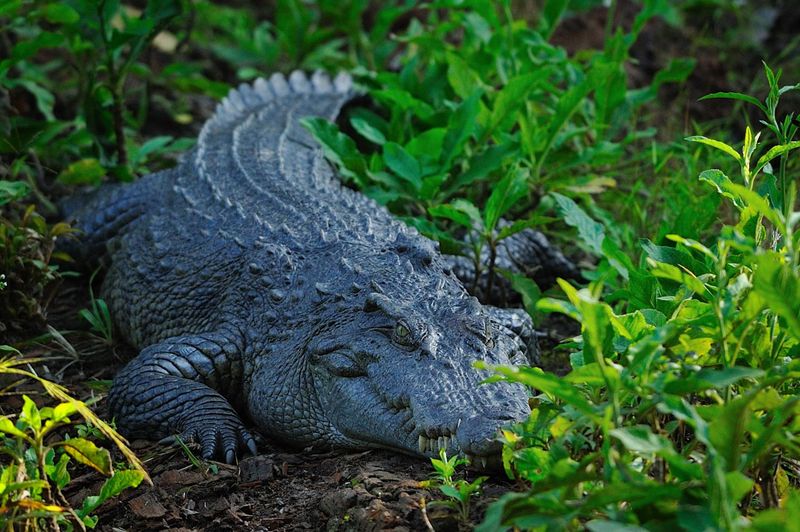
In the rivers and marshes of Southeast Asia, the Siamese Crocodile lies in wait. Once widespread, it is now one of the world’s most endangered crocodilians, primarily due to habitat destruction and hunting.
Conservationists are working to protect their habitats and reintroduce captive-bred individuals into the wild. Public awareness and support for these initiatives are vital. By protecting the Siamese Crocodile, we help preserve the ecological balance of its wetland habitat.
16. Kakapo
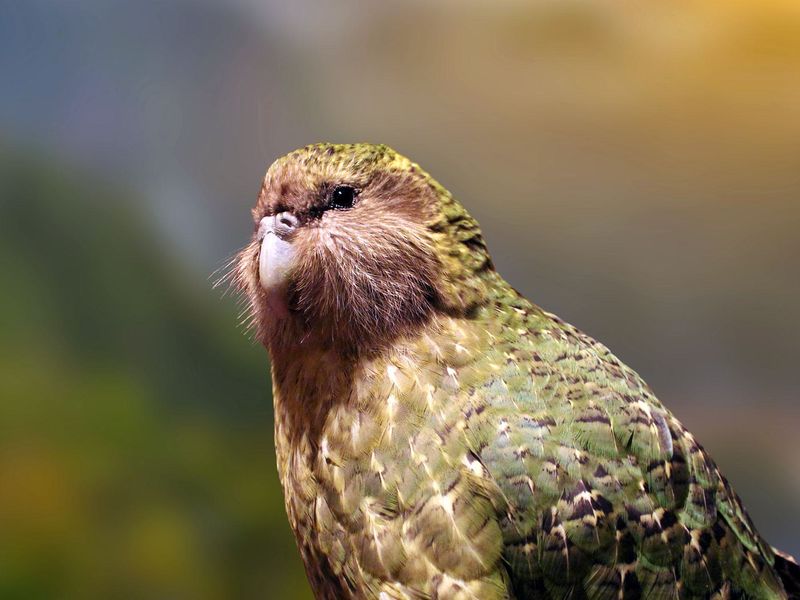
In the forests of New Zealand, the flightless Kakapo parrot waddles through the underbrush. Known for its nocturnal habits and owl-like face, it’s critically endangered with only about 200 individuals left.
Predation by introduced species and habitat destruction are major threats. Conservationists have initiated intensive management programs to protect these unique birds. Public support and awareness are essential. By helping preserve the Kakapo, we contribute to the conservation of New Zealand’s unique biodiversity.
17. Ganges River Dolphin
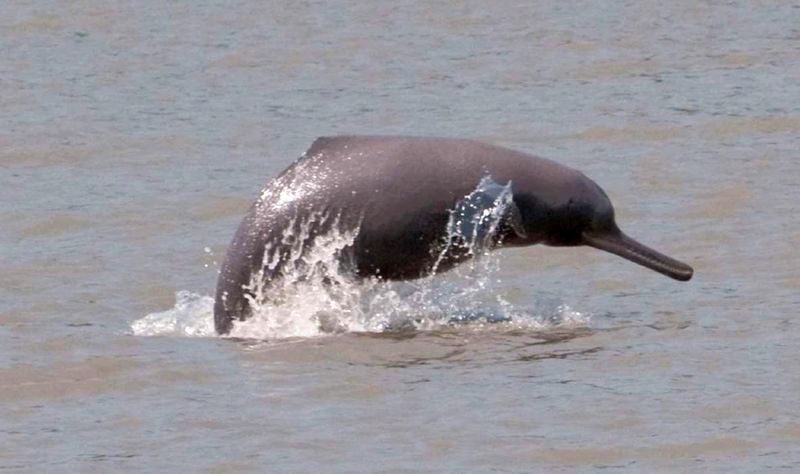
In the murky waters of the Ganges, the Ganges River Dolphin moves with grace. Known for its long snout and lack of eyes, it relies on echolocation to navigate and hunt.
Pollution and waterway development threaten its survival. With fewer than 2,000 individuals remaining, conservation efforts focus on improving water quality and mitigating human impact. Supporting these initiatives helps ensure the survival of this unique dolphin and maintains the health of the Ganges ecosystem.
18. Iberian Lynx
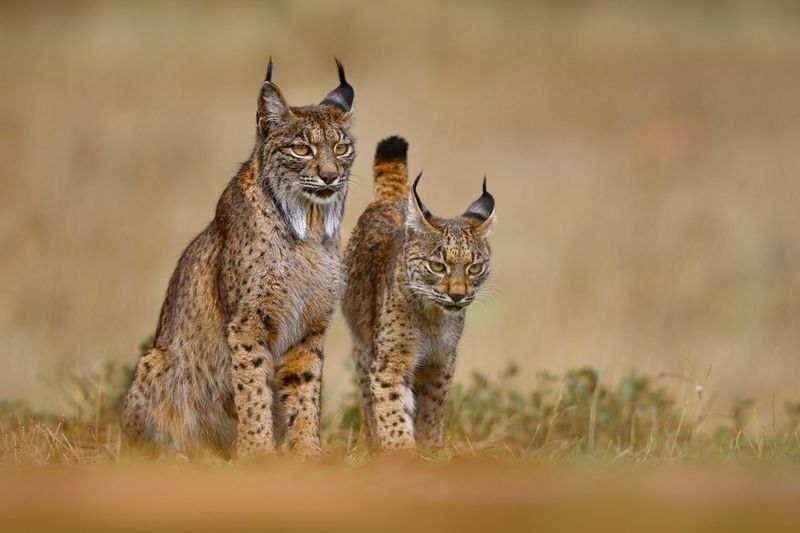
Among the scrublands of the Iberian Peninsula, the Iberian Lynx moves stealthily. Recognizable by its tufted ears and short tail, it’s the world’s most endangered feline.
Struggling with habitat loss and a decline in prey, fewer than 400 remain. Conservationists work to protect their habitat and boost rabbit populations, their main prey. Public awareness and support for these efforts are crucial. By protecting the Iberian Lynx, we help maintain the ecological balance of its natural habitat.
19. Yangtze Giant Softshell Turtle
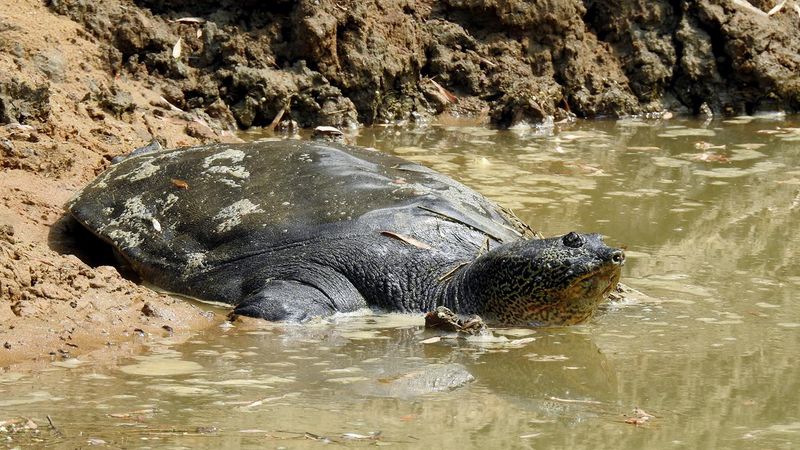
In the slow-moving waters of the Yangtze River, the Yangtze Giant Softshell Turtle surfaces for air. With only a few individuals left, it’s one of the world’s most endangered turtles.
Habitat destruction and hunting have driven it to the brink of extinction. Conservationists are focused on captive breeding and habitat restoration. Public support and awareness are vital for the survival of this ancient species. By helping preserve the Yangtze Giant Softshell Turtle, we contribute to the conservation of aquatic biodiversity.
20. Forest Elephant
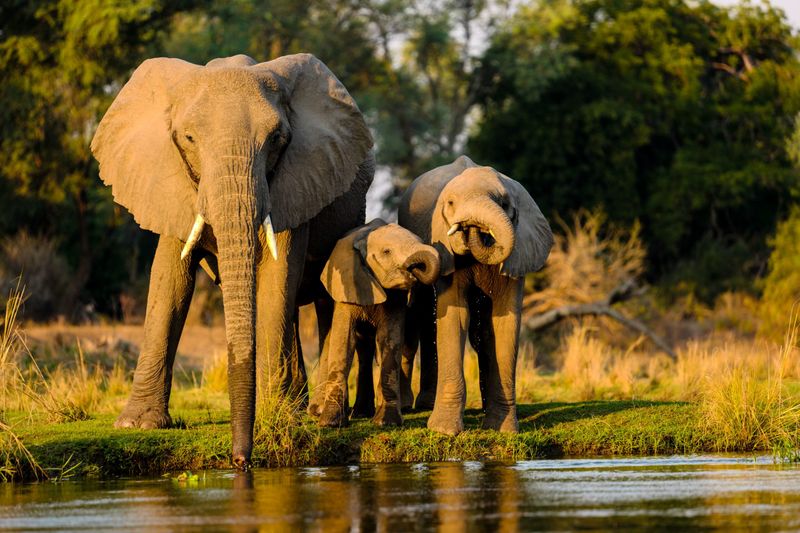
Deep in the jungles of Central Africa, the Forest Elephant forages for food. Unlike their savannah counterparts, these elephants are smaller and have straighter tusks.
Deforestation and poaching for ivory threaten their existence. Conservation efforts focus on habitat protection and anti-poaching measures. Supporting these initiatives helps ensure the survival of the Forest Elephant and the rich biodiversity of their forest home.
21. Blue Whale
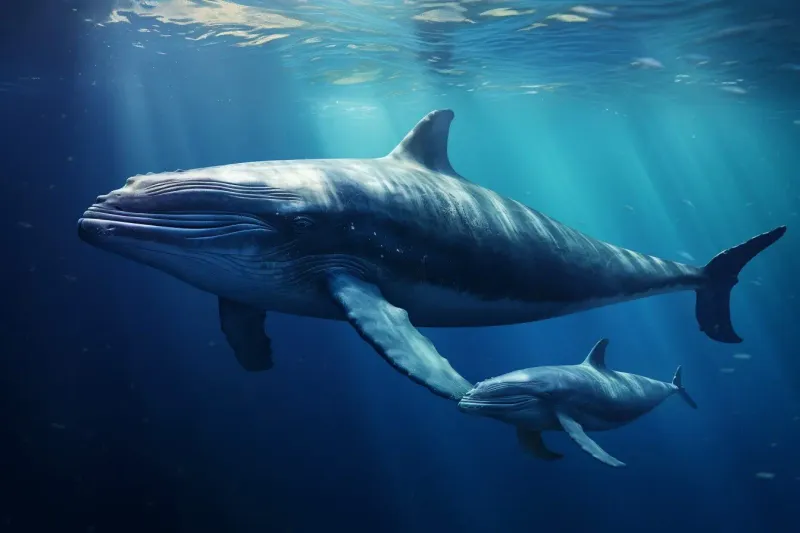
In the vast oceans, the Blue Whale, the largest animal on Earth, glides majestically. Once abundant, their numbers have dwindled due to whaling and environmental changes.
Efforts to protect them focus on reducing ship strikes and noise pollution. Public awareness and support for these initiatives are crucial. By helping preserve the Blue Whale, we contribute to the health of marine ecosystems and the preservation of biodiversity.
22. Bornean Orangutan
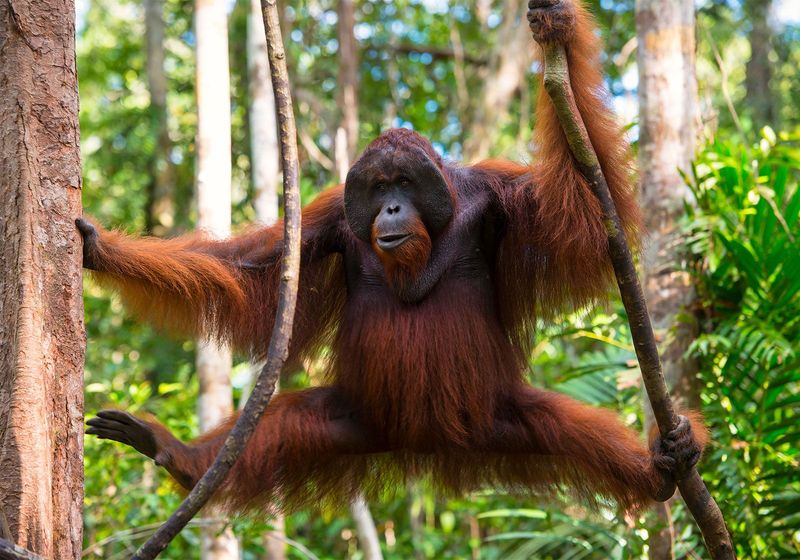
In the lush forests of Borneo, the Bornean Orangutan swings from branch to branch. Known for their intelligence and solitary nature, these apes face threats from deforestation and illegal pet trade.
Conservationists focus on habitat protection and rehabilitation of displaced orangutans. Supporting these efforts and choosing sustainable products can help preserve these incredible creatures. By protecting the Bornean Orangutan, we safeguard the biodiversity of the rainforest.
23. Sumatran Rhino
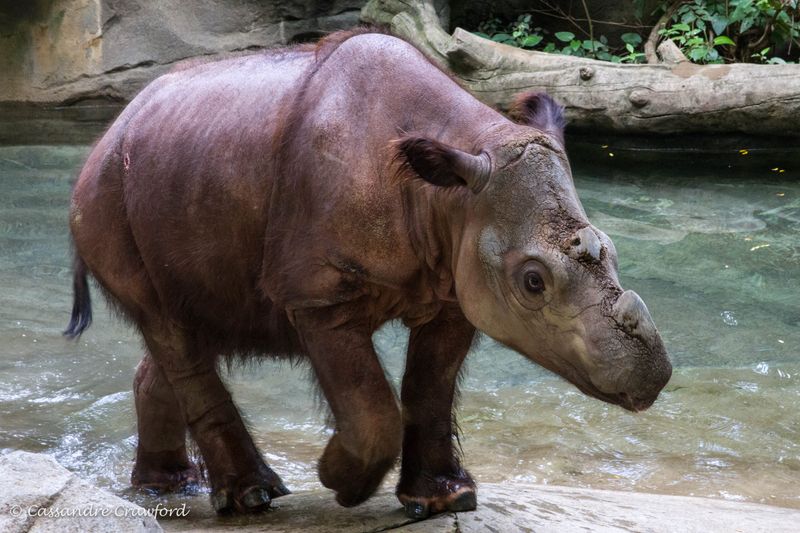
In the dense jungles of Sumatra, the elusive Sumatran Rhino roams. Known for its hairy, armour-like skin, fewer than 80 individuals remain.
Threats include habitat loss and poaching. Conservation efforts focus on captive breeding and habitat protection. Public awareness and support for these initiatives are crucial. By helping preserve the Sumatran Rhino, we contribute to the conservation of one of Earth’s oldest mammal lineages.
24. Snow Leopard
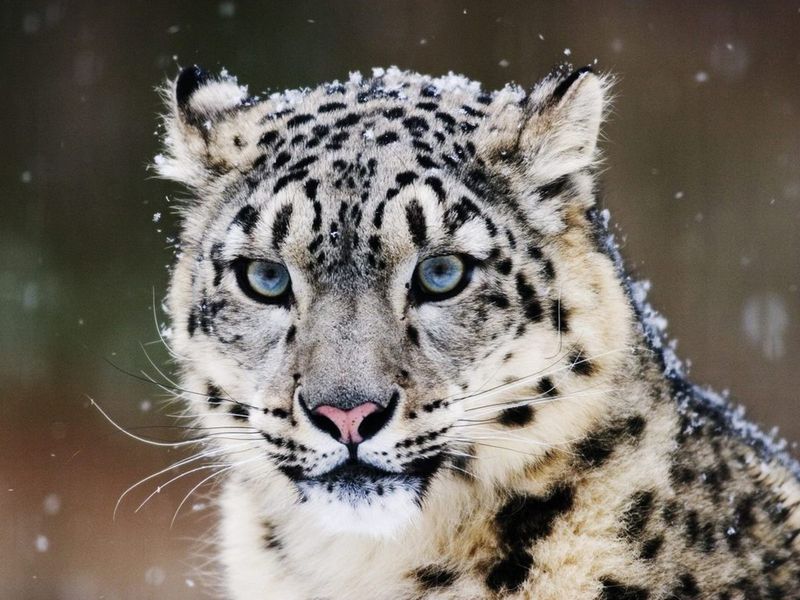
In the rugged mountains of Central Asia, the Snow Leopard prowls silently. Known for their thick, spotted coats, they are perfectly adapted to cold environments. Yet, habitat loss and poaching threaten their existence.
Conservationists focus on habitat protection and reducing human-wildlife conflict. Public awareness and support are essential. By helping preserve the Snow Leopard, we maintain the ecological balance of their mountainous habitat.
25. Red Panda
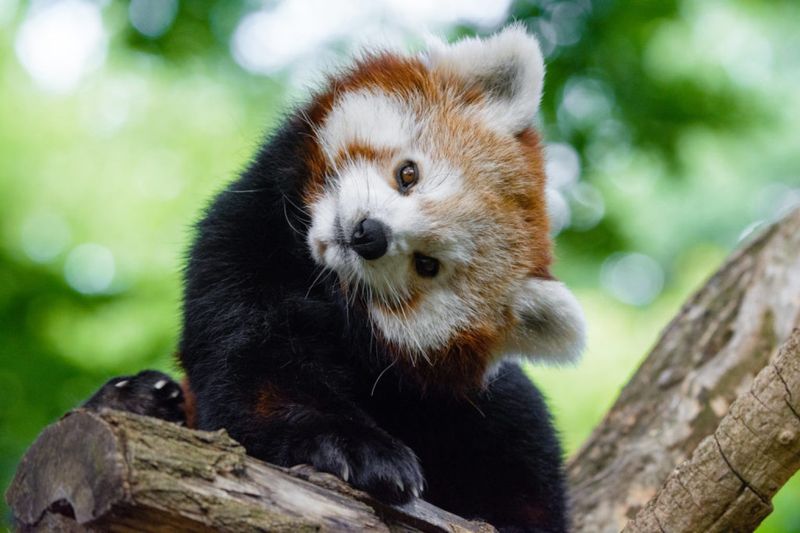
In the Himalayan forests, the Red Panda climbs with agility. Known for their bushy tails and vibrant fur, they face threats from habitat loss and poaching.
Conservation efforts focus on habitat protection and community involvement. Supporting these initiatives helps ensure the survival of the Red Panda and the biodiversity of the Himalayas.
26. Giant Panda
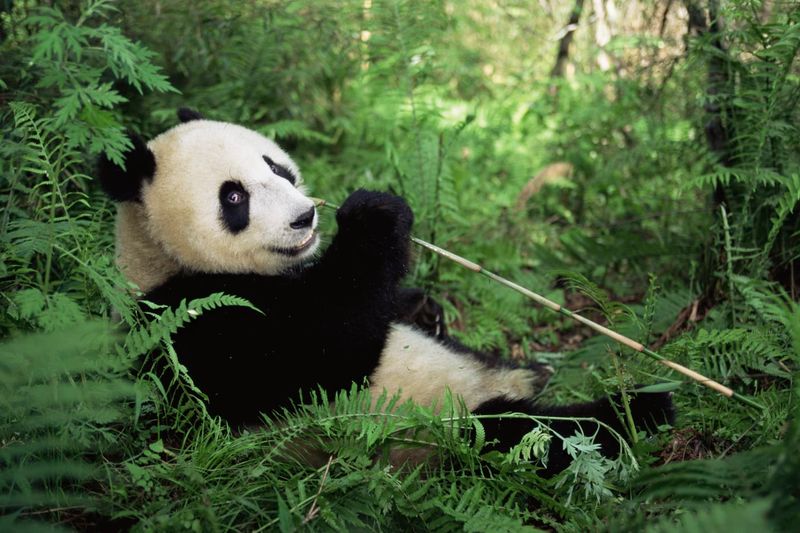
In China’s lush forests, the Giant Panda munches contentedly on bamboo. Recognizable by its distinctive black and white coat, it symbolizes conservation efforts worldwide.
Habitat fragmentation and low birth rates threaten their survival. Conservationists focus on habitat restoration and breeding programs. Supporting these efforts helps ensure the survival of the Giant Panda and the biodiversity of Chinese forests.
27. Tiger
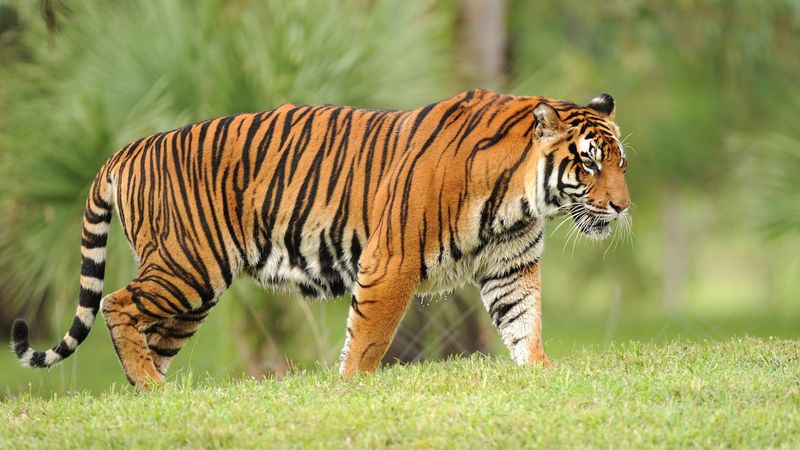
In the verdant jungles, the Tiger prowls with majesty. Known for their powerful presence and striking stripes, they face threats from poaching and habitat loss.
Conservation efforts focus on habitat protection and anti-poaching measures. Supporting these initiatives helps ensure the survival of the Tiger and the ecological balance of its habitat.
28. African Wild Dog
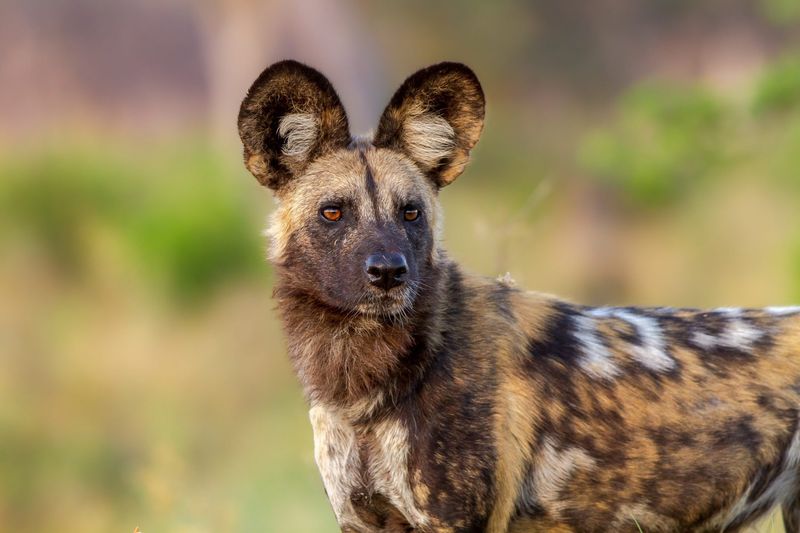
In the open savannahs, the African Wild Dog hunts in packs. Known for their mottled coats and strong social bonds, they are highly efficient predators. Yet, habitat loss and human-wildlife conflict threaten their survival.
Conservation efforts focus on habitat protection and reducing conflict. Supporting these initiatives helps ensure the survival of the African Wild Dog and the biodiversity of the savannah.
29. Polar Bear
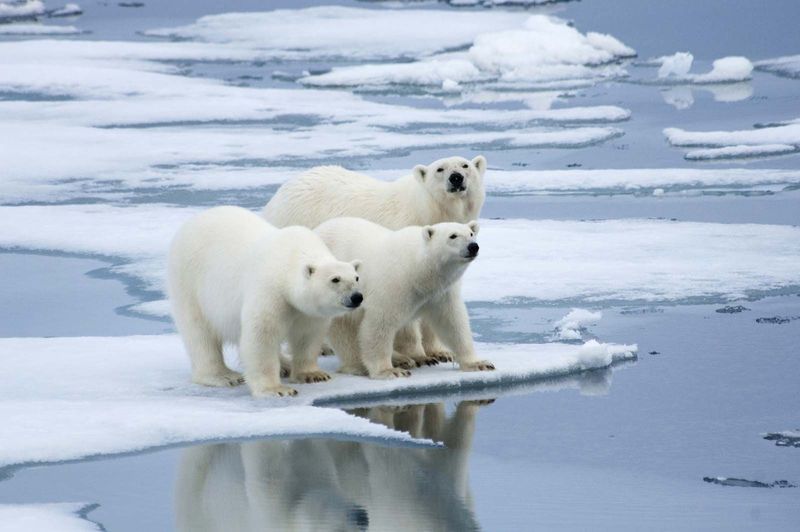
In the icy realms of the Arctic, the Polar Bear reigns supreme. Adapted to cold environments, they face threats from climate change and melting ice.
Conservationists focus on reducing carbon emissions and protecting Arctic habitats. Public awareness and support are crucial. By helping preserve the Polar Bear, we contribute to combating climate change and protecting Arctic ecosystems.
30. Gooty Sapphire Tarantula
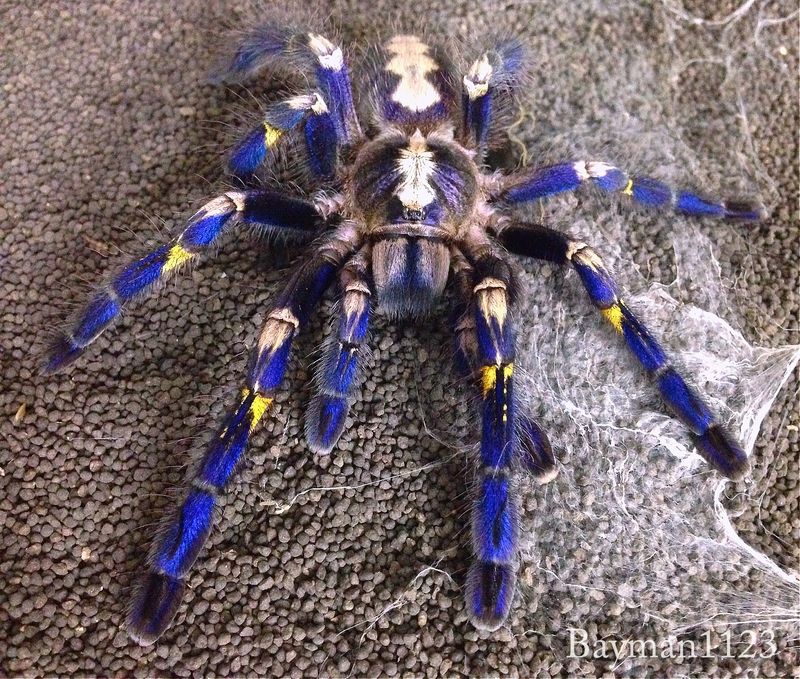
The Gooty Sapphire Tarantula, also known as the Metallic Tarantula, is a breathtaking spider native to India. Its iridescent blue color makes it a true gem of the arthropod world.
These spiders dwell in tree hollows within the forests of Andhra Pradesh, weaving delicate webs to call home. Unfortunately, habitat destruction poses a significant threat to their survival, leaving them dangerously close to extinction.
Conservation efforts are essential to preserve their natural habitats. Educating people about their ecological role can spark interest and lead to protective measures. Let’s champion their cause and secure their future.

